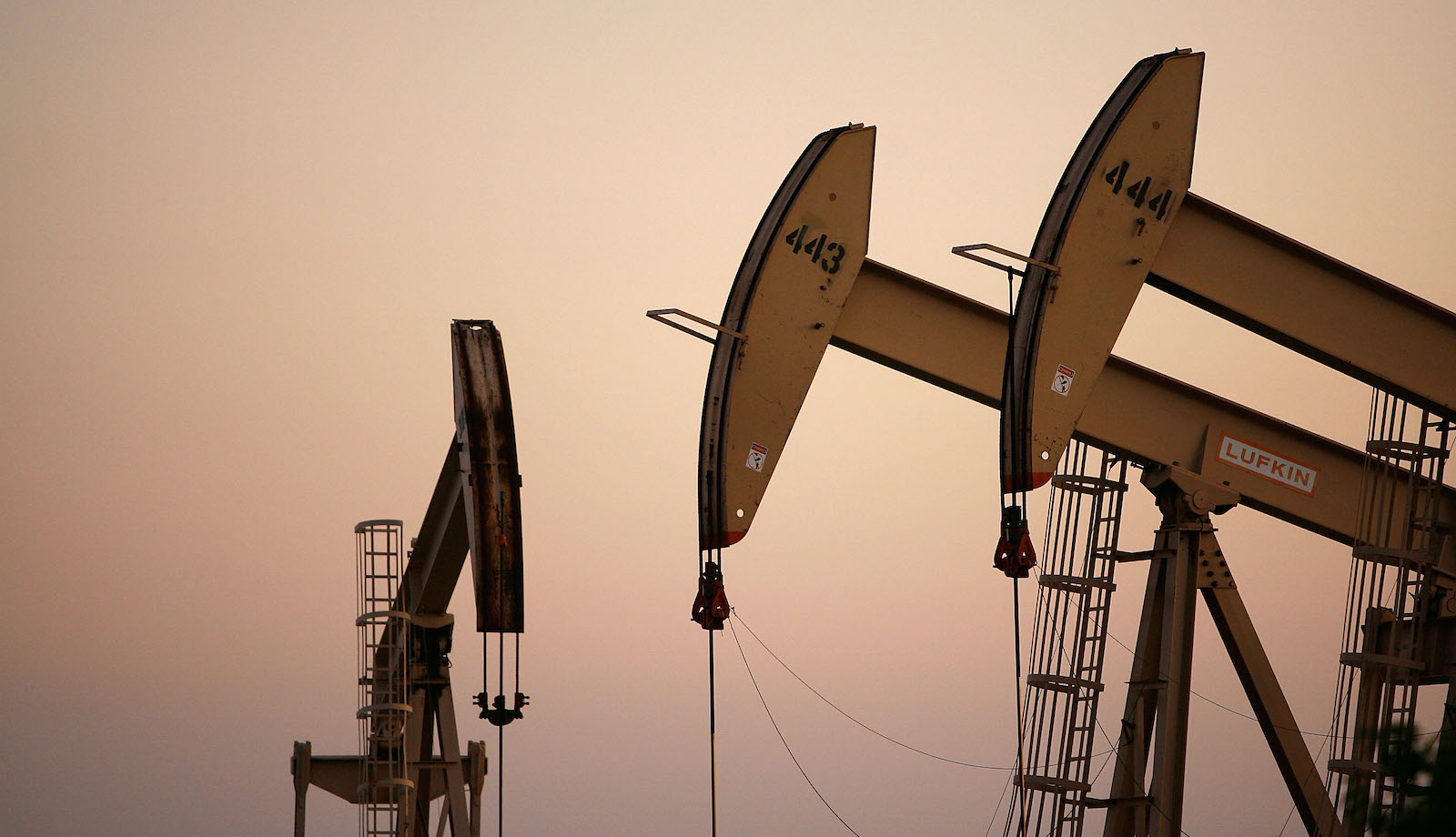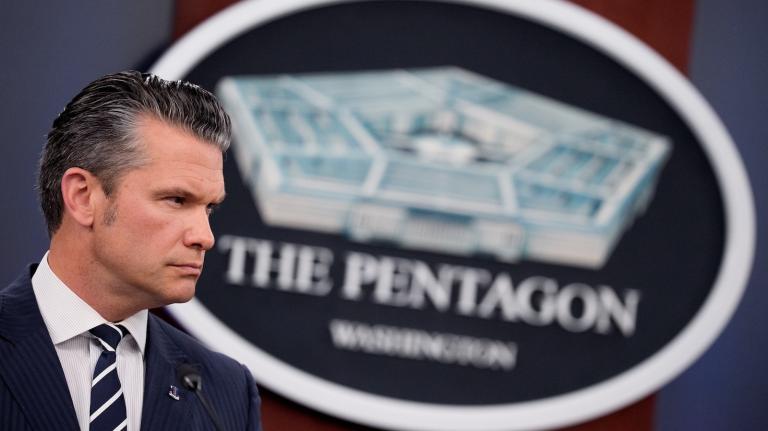It’s not a secret that subsidies for fossil fuels get in the way of decarbonization. Nations from the G20 group —including the U.S. — have pledged to phase out inefficient tax breaks for the fossil fuels industry.
And yet, every year, the U.S. federal and state governments pour around $20.5 billion in subsidies into the oil and gas industry. But there are few concrete numbers that quantify the impact of these subsidies in the nation’s efforts to meet its climate goals. So Ploy Achakulwisut, a climate policy researcher at the Stockholm Environmental Institute, embarked on a project to put a tag on it.
Her team found that, as Achakulwisut puts it, “these [subsidies] are either bad or bad.”
Her research, published in Environmental Research Letters, puts a number on the effects that 16 tax breaks and exemptions will have on 1,000 new U.S. oil and gas production fields projected to be built before 2030. The paper shows that if fossil fuel prices stay high, most of the subsidies — 96 percent in oil, 87 in gas— will go directly to the pockets of investors as profit. And if prices go down, these subsidies will help 60 percent and 74 percent of new oil and gas fields to remain profitable. The authors estimate that by helping the industry stay profitable in either scenario, these subsidies could add 150 million tons of CO2 emissions to the atmosphere in 2030.
“We have to reduce emissions, but we also have to stop doing things that increase emissions; these things go hand in hand,” said Daniel Bresette, director of the non-profit Environmental and Energy Study Institute, and who wasn’t involved in the study. “This report helps demonstrate how what we’re doing now is exacerbating the [high-emissions] situation that we’re in right now.”
The research took “many, many hours of programming,” Achakulwisut explains. Before even getting started, the team had to define what they would consider a subsidy. They used the World Trade Organization’s definition because it allowed them to include benefits that are not explicit tax breaks, like state and federal help in paying well cleanup costs or the public coverage of road damage costs. The team found 16 subsidies dating back decades. Simultaneously, they went into a database that includes all the gas and oil fields that are projected to be built from 2020 to 2030, around 1000. Then, they tested the profitability of each field in 20 different price scenarios, with and without each individual subsidy.
Unsurprisingly, the team found that the Accelerated Deduction Intangible exploration and Development Costs tax break (IDC) had the biggest effect of all evaluated supports for the industry. The tax break is a 1916 exemption that allows oil companies to deduct the cost of new wells from their taxes, which could bump up the annual growth of oil and gas investments by 11 and 8 percent, respectively.
But, since they went with a definition of subsidies that allowed them to include indirect benefits as a subsidy, they were able to make interesting points about other forms of government support for the industry, Bresette points out. Transferring part of the costs of closing and cleaning up wells to the government, the team found, made every new well $60,000 cheaper (and that value doesn’t even account for the health and environmental costs associated with abandoned wells.) Over time, a series of complicated loopholes has left 2 million unplugged oil and gas wells in the U.S., with cleanup costs of billions — around $10 billion in states like Texas, Pennsylvania, and Oklahoma, which have large inventories of abandoned wells.
“We’ve been talking about phasing out fossil fuel subsidies for years and years,” Achakulwisut said. “We just hope that this kind of analysis, and with all the ongoing efforts to phase out fossil fuels, will just compel policymakers to finally take action.”




